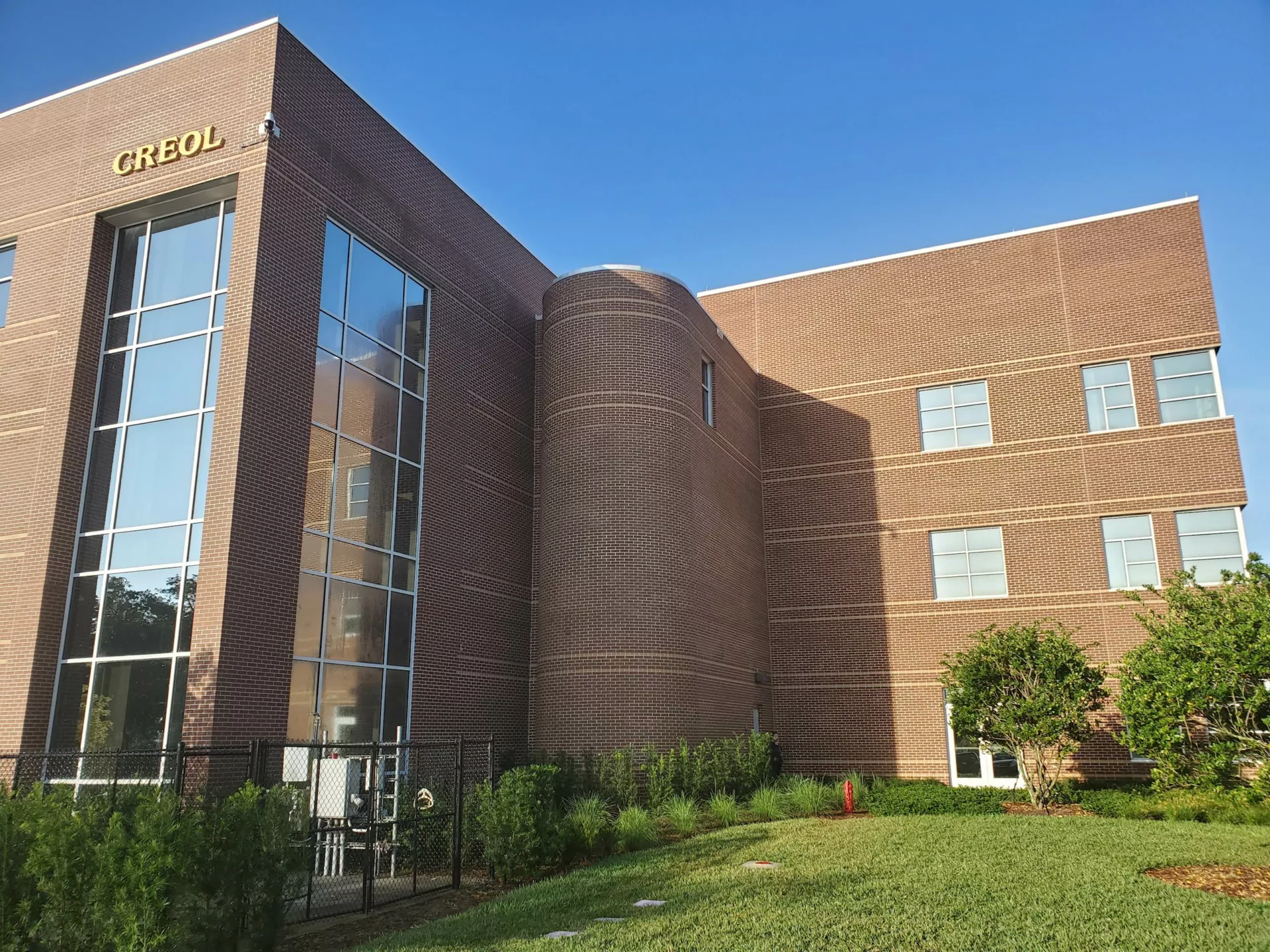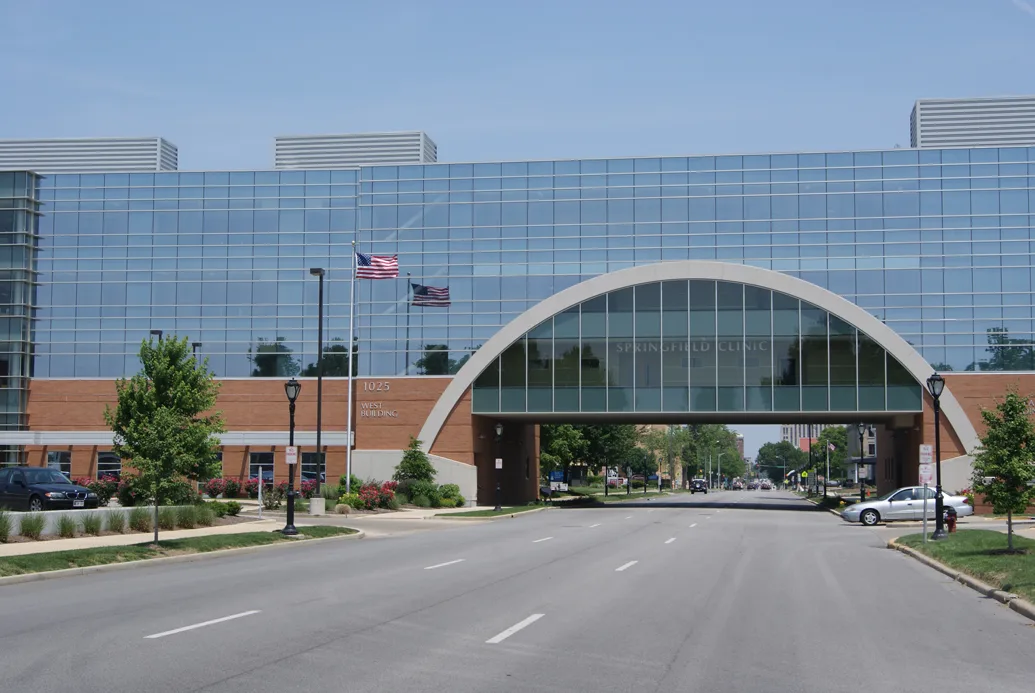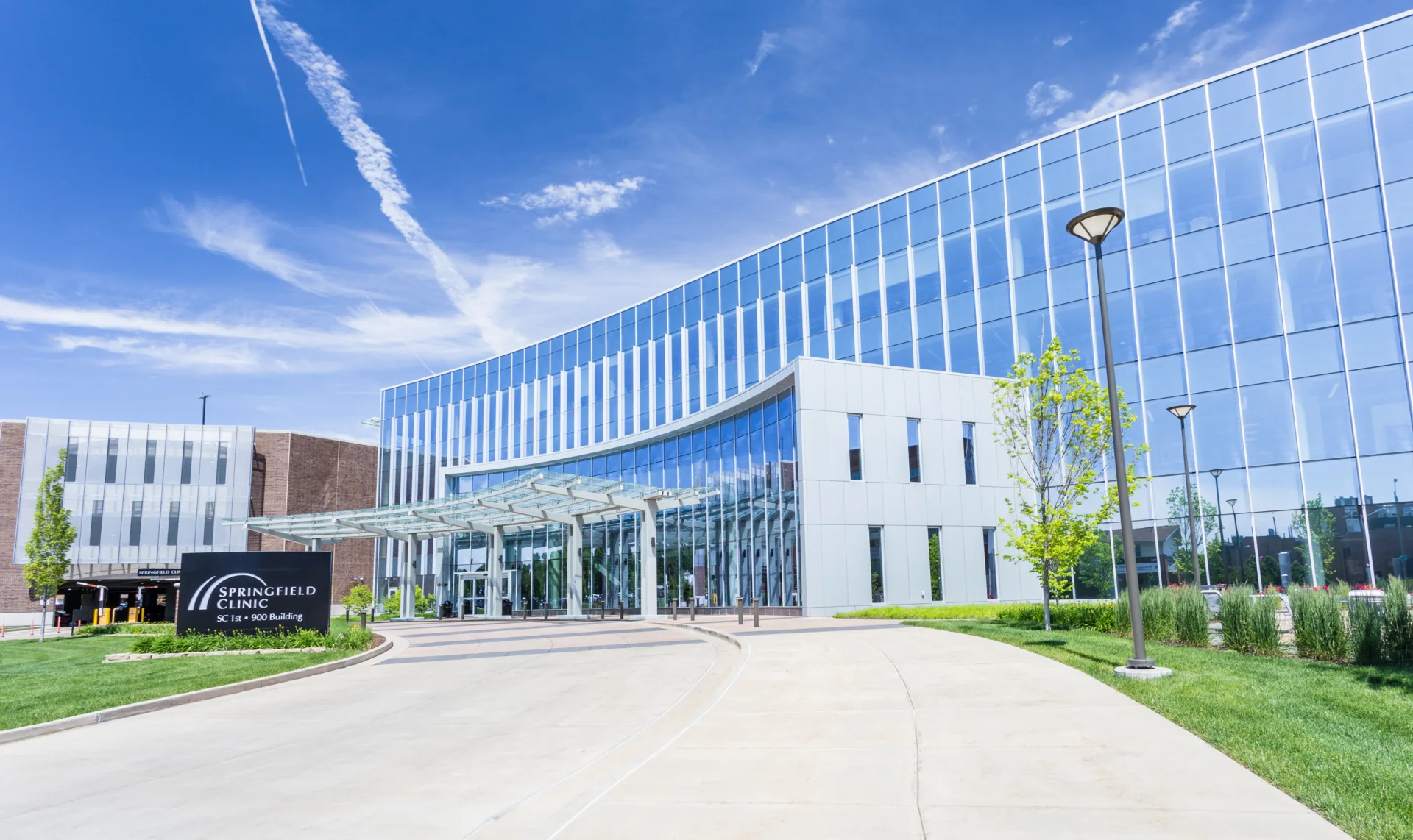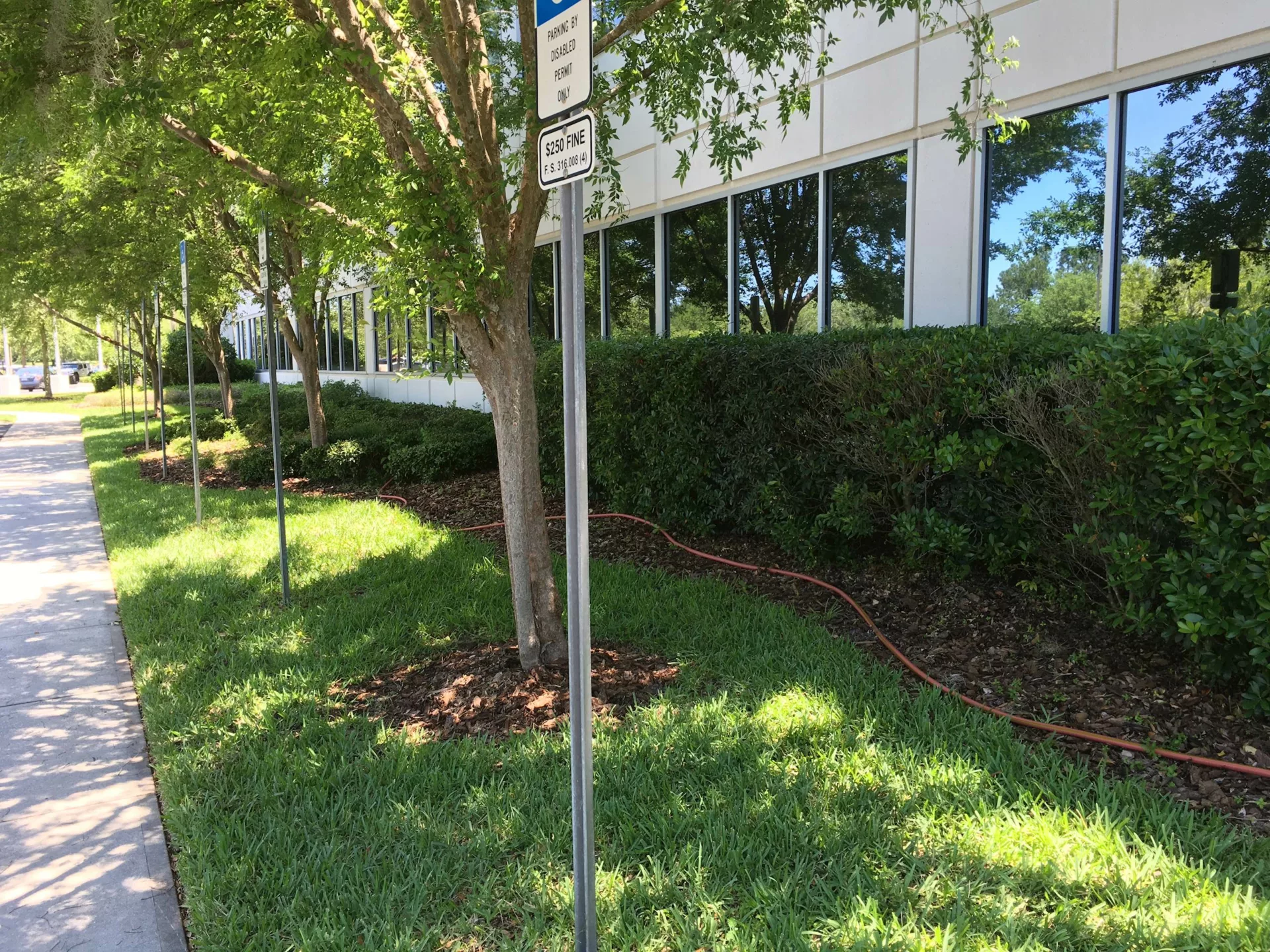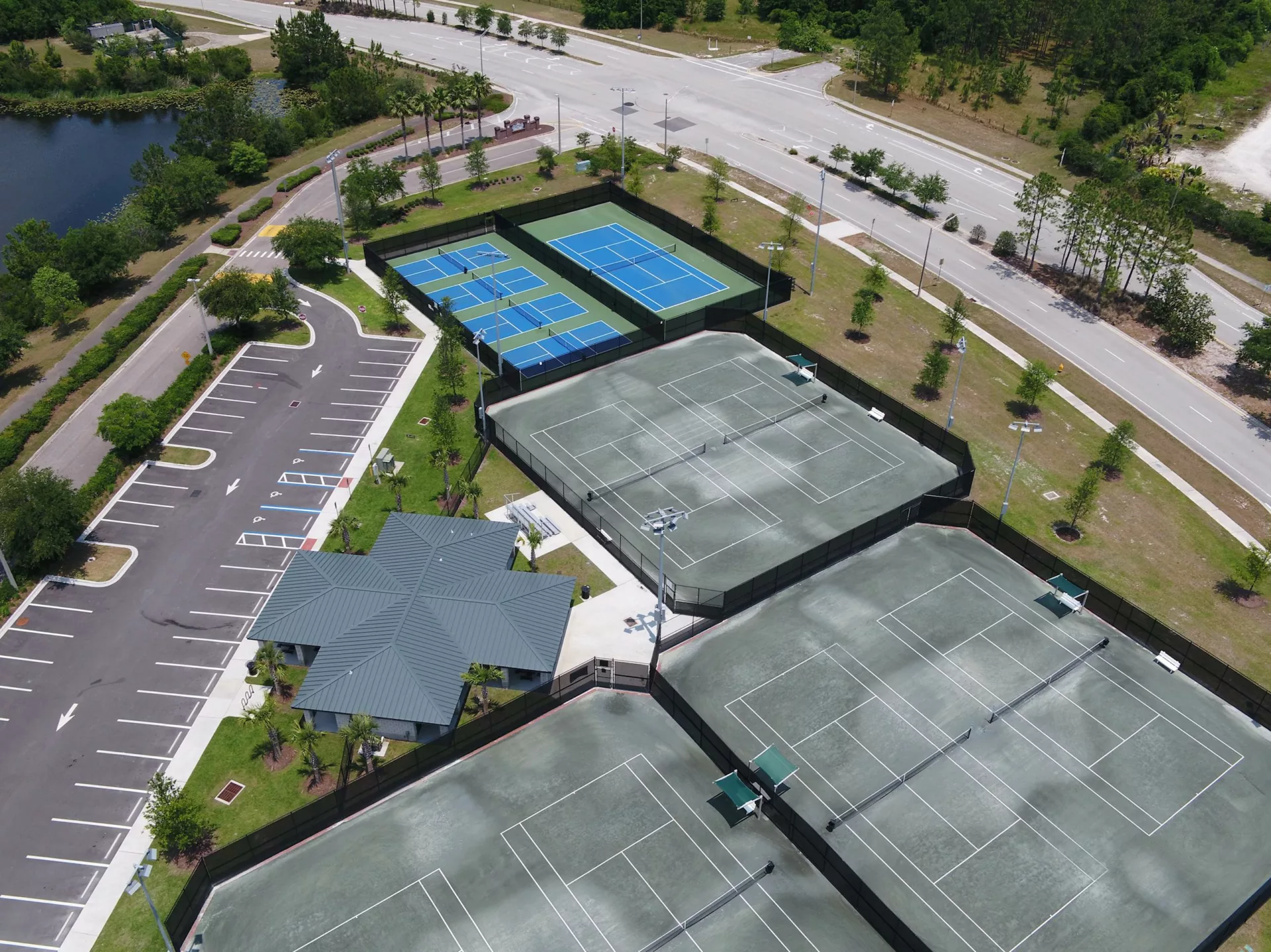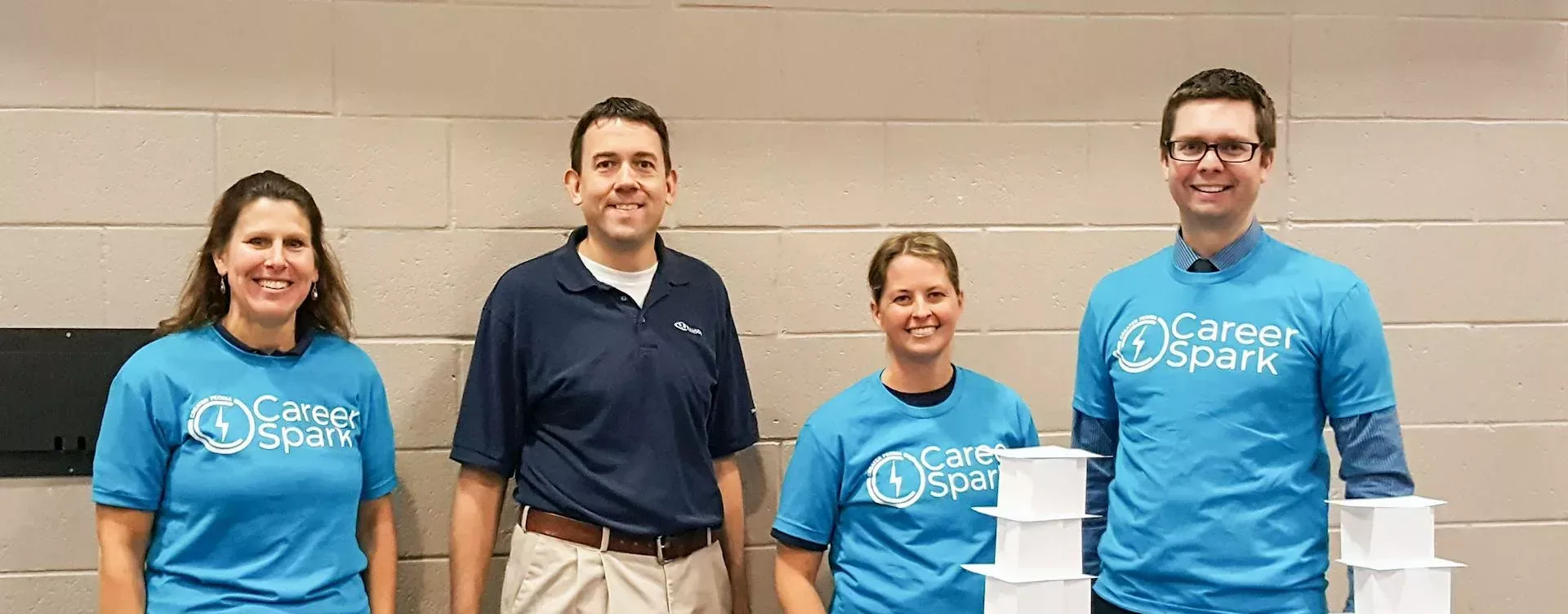The University of Central Florida’s (UCF) College of Optics and Photonics (CREOL) is the university’s premier laser laboratory. The department’s growth over the years necessitated a recent expansion, which included two building additions and numerous renovations. UCF approached Hanson to help mitigate the building’s large energy footprint by performing a Level 2 energy audit.
CREOL had the disadvantage of multiple control systems at multiple generations of controllers, complicating system service and maintenance. A major goal of this project is to unify all the controls on a single platform.
Hanson’s services included a facility site audit to identify energy cost saving opportunities, a review of the mechanical and electrical systems and their conditions, a breakdown of the annual total energy cost, a review of operations and maintenance documentation and procedures of the end-use systems and an investigation of operating parameters for end-use systems and major equipment.
Hanson also analyzed and quantified the annual total energy consumed by the end-use systems, identifying the potential energy savings opportunities for facility improvement measures (FIMs) for each system. We calculated the potential energy cost savings of the FIMs, estimated installation costs and conducted economic analysis for each FIM.
CREOL’s annual energy consumption had increased by 8% from 2018 to 2019, which appeared to be part of an annual trend based on UCF’s utility records. Using ASHRAE’s Building Energy Quotient and the NREL Laboratory Benchmarking Tool, we found that the FIMs we identified would reduce CREOL’s annual operating cost by approximately 36%.
The project presented several unique challenges. During the laboratory’s expansions and numerous renovations, the university acquired seven controls systems from three vendors. This made centralized control of the building an onerous task for the UCF facilities team. Digging into CREOL’s multiple building automation systems (BAS) and extracting useful information to quantify the building’s energy use was one of Hanson’s most significant challenges. For the sake of accuracy, we accessed all three major vendors’ systems and recommended combining the systems into a single BAS.
Another hurdle involved access to the various laser laboratories. Accessing any laser laboratory required coordinating with the building manager and the principal investigator overseeing any given experiment taking place in the laboratory. Some of these experiments had been in progress for as long as a year, and a stray mote of dust could have led to anomalous data. Hanson made communication with each level of the UCF team a priority and navigated the difficult access without incident.
